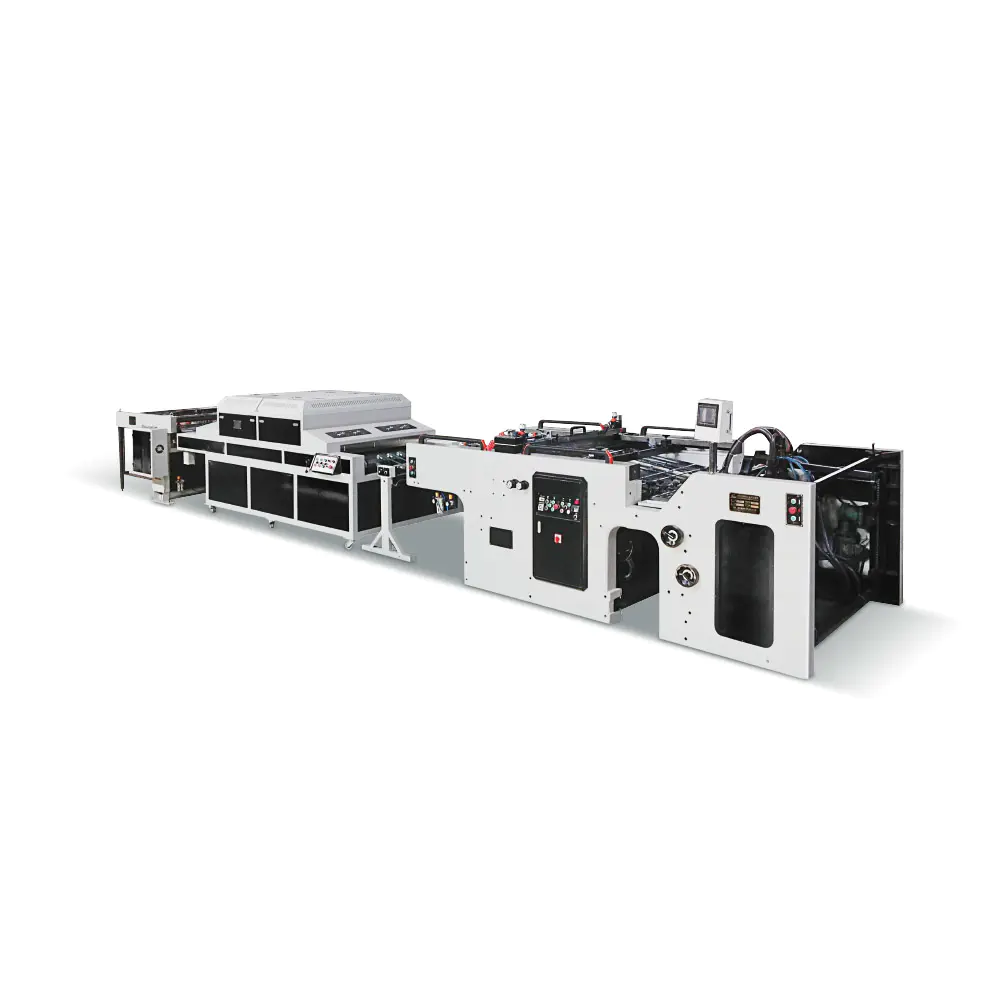What are the technical requirements for the drying and curing process after screen printing?
The drying and curing process after screen printing is an important link to ensure the quality and durability of the printed pattern. The following are some technical requirements:
Control of drying speed: The drying speed after printing by the screen printing machine has a direct impact on the printing quality. Drying too quickly may cause the ink to fail to fully wet the surface of the substrate, thereby affecting adhesion; drying too slowly will affect production efficiency and increase the risk of contamination. Therefore, controlling the appropriate drying speed is crucial to ensuring print quality.
Selection of curing method: According to the type of ink, curing methods can be divided into natural drying, heat curing, ultraviolet curing, etc. For example, ultraviolet curing (UV curing) is a fast, efficient curing method suitable for applications requiring rapid production and high wear resistance.
Precise control of temperature and time: During the thermal curing process, the control of temperature and time is very critical. Each ink has its recommended curing temperature and time. Deviation from these parameters may cause the ink to be incompletely cured or over-cured, affecting the final performance of the print.

Optimization of environmental conditions: Drying and curing should be carried out in a dust-free environment with suitable temperature and humidity to avoid dust and microbial contamination and ensure the cleanliness and quality of printed matter.
Matching of ink and substrate: It is very important to choose the ink suitable for the substrate material. For example, plastic substrates may require specific inks to ensure adhesion and flexibility after curing.
Safety operating procedures: During the drying and curing process, especially when using UV curing equipment, appropriate safety measures, such as wearing protective glasses and using blackout curtains, should be taken to protect the health of the operator.
Quality inspection: After drying and curing, the printed matter should be subjected to detailed quality inspection, including adhesion test, abrasion resistance test and color consistency inspection, to ensure that the product meets quality standards.
Follow industry standards: Screen printing products should comply with relevant national or industry standards, which stipulate a series of technical requirements from material selection to final product acceptance to ensure product quality and reliability.
Through the control and optimization of the above key points, the quality of screen printing products can be greatly improved to meet the needs of different application scenarios.
of interest


 中文简体
中文简体 Español
Español

















